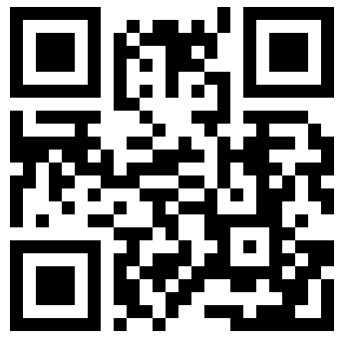Phone
+86 18630938527
Ultrasound scanners have become one of the commonly used techniques in the diagnosis of heart diseases. It can provide non-invasive, real-time cardiac images to help doctors evaluate the structure and function of the heart, as well as detect heart diseases. This article will explore the application and advantages of ultrasound scanners in the diagnosis of heart diseases.
Evaluate cardiac structure
Through ultrasound scanners, doctors can obtain various images of the heart, such as two-dimensional, M-mode, and color Doppler. This can help doctors assess the size, shape, wall thickness, and ventricular hypertrophy of the heart, as well as check whether the valves in the heart are normal. If there is any abnormality in the heart, the doctor can conduct further examination and diagnosis based on the images provided by the ultrasound scanner.
Measuring cardiac function
In addition to evaluating cardiac structure, ultrasound scanners can also measure cardiac function. Doctors can use Doppler flow measurement to calculate the flow rate and direction of blood in the heart, and evaluate the function of the heart. For example, doctors can measure the volume and ejection fraction of the left ventricle at the end of systole to assess the contractile force and pumping function of the heart. These data are very useful for assessing the severity of heart disease and formulating treatment plans.
Diagnosis of heart disease
Ultrasound scanners are a non-invasive technique that can help doctors detect changes in various heart diseases, such as myocardial ischemia, myocardial infarction, myocarditis, myocardial lesions, and pericarditis. By combining images and data, doctors can determine the location and extent of the lesion and take corresponding treatment measures.
Monitoring treatment effectiveness
Ultrasound scanners can also be used to monitor the effectiveness of treatment for heart disease. For example, using an ultrasound scanner after medication can check for improvements in heart function. If the treatment is not effective, the doctor can further adjust the treatment plan based on the data provided by the ultrasound scanner.
Instruct surgery
Finally, ultrasound scanners can be used to guide cardiac surgery. During surgery, doctors can use ultrasound scanners to locate and size heart lesions and guide surgical procedures. This can reduce the risk and complications of surgery.
In summary, ultrasound scanners have a wide range of applications in the diagnosis of heart diseases, not only to assess the structure and function of the heart, but also to examine heart diseases and monitor treatment effects. In addition, it can also be used to guide surgical procedures and provide safer and more effective treatment options for patients.
Last:Application of medical ultrasound scanner in physical examination of pregnant women
Next:Application of medical ultrasound scanner in diagnosis of liver diseases
If you have any questions, please contact us!
CONTACT US

